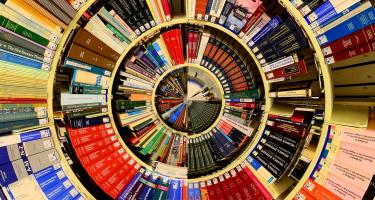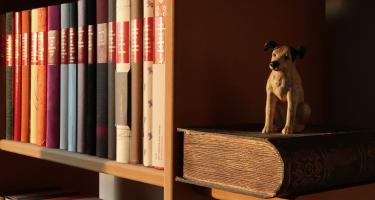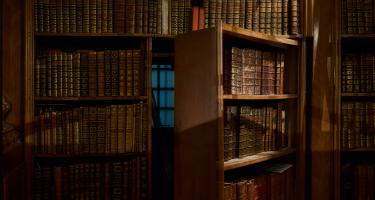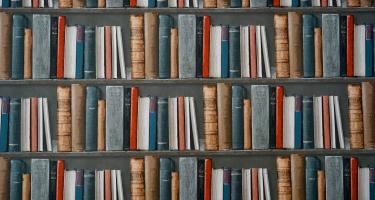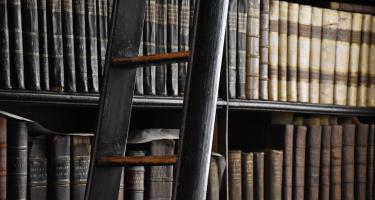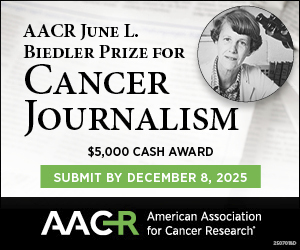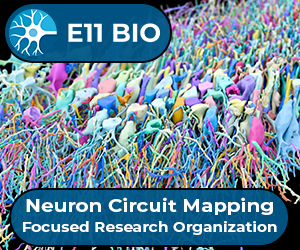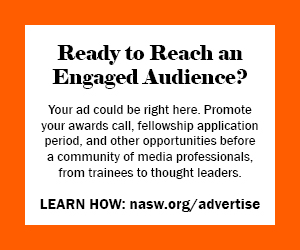
Matthew Bettelheim: Wildlife Confessional
In The Wildlife Confessional—Kick It in the Ice Hole and Other Stories, NASW member and wildlife biologist Matthew Bettelheim and the late writer/wildlife biologist Thomas Roberts offer a multi-authored collection of tales and reflections on encounters with birds, bears, and more in diverse locales. Funds from book sales will help support student scholarships, grants, and training opportunities.

